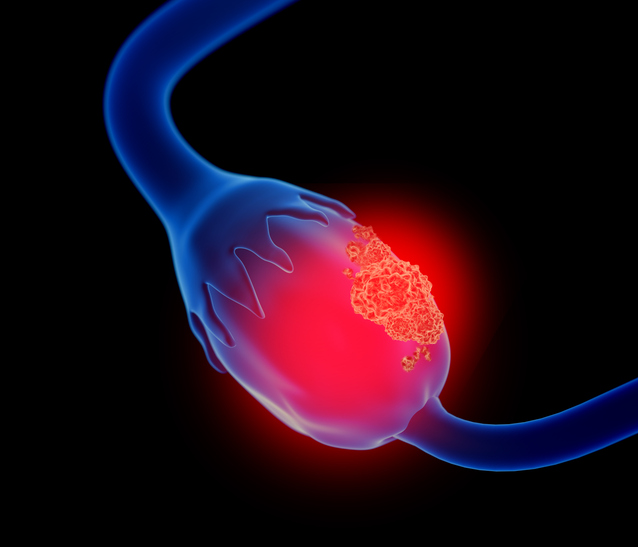
A team of researchers aimed to comprehensively analyze the genetic expression and prognostic value of selenoprotein, gene mutations, and copy number variations in ovarian cancer to better understand the clinicopathologic characteristics of these patients. The results were published in Turkish Journal of Obstetrics and Gynecology.
The researchers used the Gene Expression Profiling Interactive Analysis database to analyze the difference in the mRNA expression of selenoprotein between tumor and normal tissue and to investigate the correlation between selenoprotein gene expression and immune cell marker genes in ovarian cancer.
Cancer genome atlas datasets on ovarian cancer, endometrial cancer, cervical cancer, and uterine carcinosarcoma from the cBioPortal for Cancer Genomics were used to perform mutation and copy number variation analyses of selenoprotein as well as prognostic analysis before and after gene mutations. A Kaplan-Meier plotter database was used to analyze the correlation between selenoprotein expression and survival rates of patients with ovarian cancer.
Immunohistochemical images of selenoprotein O (SELO) and selenoprotein T (SELT) were obtained from the Human Protein Mapping database. The Universal Analysis of Cancer database was used to obtain expression data for iodothyronine deiodinase 3 (DIO3), SELO, and SELT based on various clinical characteristics of ovarian cancer.
Compared with normal tissues, the four gynecologic malignancies showed decreased expression of DIO3, glutathione peroxidase 4, SECISBP2, selenoprotein M, and SELP. Selenoprotein had the highest number of mutations (309) and mutation frequency (52.91%) in ovarian cancer, and the lowest mutation frequency was observed in endometrial cancer (29.72%).
DIO3, SELO, and SELT are significantly related to the prognosis of ovarian cancer. Immune infiltration analysis showed that DIO3 was associated with tumor-associated macrophages; SELO, with CD4+ T cells and monocytes; and SELT, with T cells.
Enrichment analysis revealed that DIO3 is mainly involved in inflammatory immune responses and the Ras signaling pathway, SELO is primarily related to innate immune responses, and SELT is closely associated with mitochondrial oxidative phosphorylation.
Therefore, the researchers concluded, “This study explored the expression characteristics of 25 selenoprotein in patients with gynecological malignancies and found that DIO3, SELO, and SELT were significantly associated with the prognosis and clinical features of OV [ovarian cancer], which are potential therapeutic targets.”
Source







 © 2025 Mashup Media, LLC, a Formedics Property. All Rights Reserved.
© 2025 Mashup Media, LLC, a Formedics Property. All Rights Reserved.